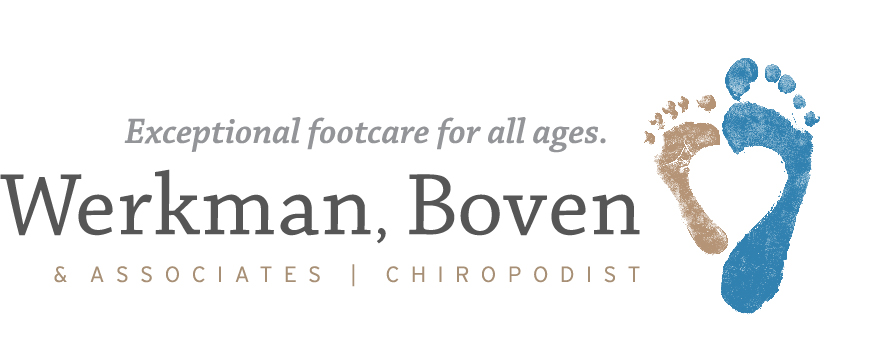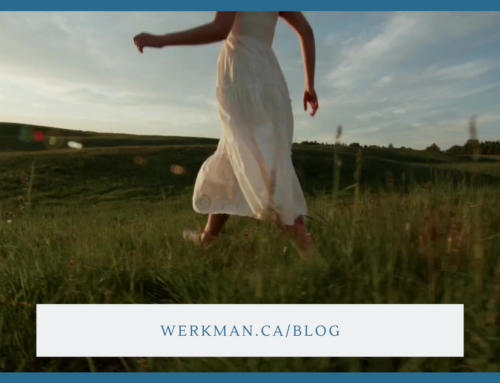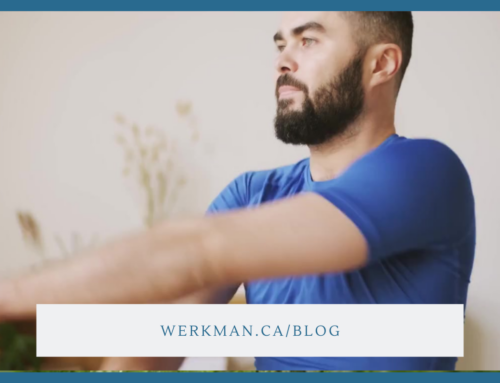Running & Your Feet

To stay healthy and perform well, we should ensure we have the proper equipment and take care of the part of our body that takes the biggest beating, namely our feet!
Equipment:
A good pair of running shoes is the most important piece of equipment, and often the only real expenditure for this sport. Do not minimize your shoe budget; treat your feet well. We recommend a sturdy, properly fitted and cushioned athletic shoe that has proper toe flexibility. A well-padded, moisture-wicking, breathable sock is also essential. Visit the shoe store in the afternoon when your feet are slightly swollen, and take along your thick running socks when trying on shoes. Properly fitting shoes should have a snug heel that does not slide, and there should be a thumb’s width between the big toe and tip of the toe box. When laced up, your feet should feel good and supported. If it doesn’t feel good in-store, it won’t when you are out on the road either.
Remember, proper shoes and socks are important to foot health!
Our feet:
The human foot is a biological masterpiece. Did you know the foot is an intricate structure containing 26 bones, 33 joints, 107 ligaments and 19 muscles? The 52 bones in your feet make up about one-quarter of all the bones in your body! The strong and flexible design of your feet enables them to stabilize and lift your body’s weight and then propel you forward while acting as a shock absorber. Biomechanical issues arise when there is a breakdown in this process. These issues can result in abnormal ranges of motion, causing muscle fatigue, inflammation or pain. Possible structural changes to your feet can also occur. Biomechanical problems require professional attention and correction. Your chiropodist is well trained in the assessment and treatment of these conditions. Your feet should be made to function as closely as possible to what is called a “neutral” position. Orthotics designed specifically for you can correct these biomechanical issues and return your foot to this neutral position. If you are experiencing foot pain or discomfort, please give our office a call to book your appointment.
It is a good idea for a novice runner to visit a chiropodist. Your chiropodist will be able to perform a complete examination of your feet and identify any potential problems, and if needed, prescribe an orthotic device that fits into your running shoe. Your chiropodist can also recommend the best footwear style for your feet based on your needs and foot type. Our website offers a rundown of common sports-related foot problems, what to look out for and how to treat them.
Frequent runners also benefit from regular foot care from their chiropodist to keep their feet healthy and check for any potential stress. Some common complaints we hear from our active patients are that they have foot pain or have developed an ingrown or blackened toenail. We can help! Book your appointment today and let us help you achieve your running goals and keep your feet healthy and active.
We hope to see you out on the pavement, enjoying the fresh air and the cushioned, well-supported treatment you are giving your feet! Stay tuned to our blog and social media for more running updates as we hope to participate in the Road2Hope Virtual Run!



